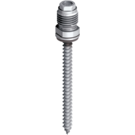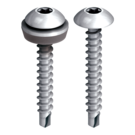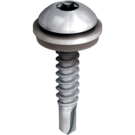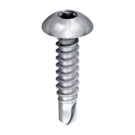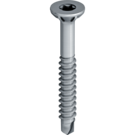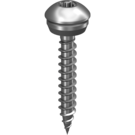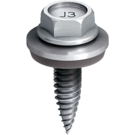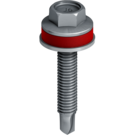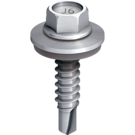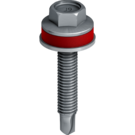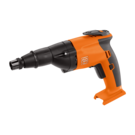Search Results
What is ... the drilling performance?
You can easily determine the drilling performance of EJOT self-drilling screws yourself by having a look at the screw disignation: For example, an EJOT self-drilling screw JT3-6-5.5 has a maximum drilling performance of 6 mm, a JT3-12-5.5 has a maximum drilling performance of 12 mm.
What is ... the clamp thickness?
Much more important, however, is the second point which is especially valid for self-drilling screws for weater-exposed areas (JT3). 2. Hardened drill points: JT3 stainless steel screws feature a drill point made of steel - for strength reasons, therefore they are called "bi-met screws"!
Solar and photovoltaic systems on open spaces
The EJOT portfolio includes products for fastening on thin-walled metal profiles (JF3 self-drilling screws of the EJOFAST® family), steel/steel and aluminium/steel connections (JT3/JT6 bimetall self-drilling screws) as well as aluminium/aluminium connections (JT4/JT9 stainless steel self-drilling screws).
What are the characteristics of a solar fastener? – Solar Guidebook Part 4
Depending on the substructure of the roof, the lower part is either an EJOT self-drilling screw JT3-SB-3-8.0 x L or an EJOT self-tapping screw JA3-8.0 x L or JA3-10.0 x L based on DIN 571.
Solar park in Chernobyl makes irradiated areas usable
The JZ5 is the strongest self-tapping screw of EJOT to date and scores particularly well when used in high-strength materials. The JT3-6-5.5x25 E16 self-drilling screws are made of stainless steel with a hardened steel drill bit and are used to attach the support profiles to the substructure.
T-FAST® wood screws – High-quality fastening technology in structural timber construction
In load-bearing areas, they may be used in service class 1 (heated interior). T-FAST® screws with d > 4.0 mm may also be used in service class 2 (roofed, non-weathered area with contact to the outside air) according to DIN EN 1995-1-1.
Production of self-drilling screws – Self-drilling screws Guidebook Part 3
In this part we would like to show you the basic procedures for screw manufacturing, take you on a journey into the production of EJOT and introduce you to the individual production phases using the example of the EJOT self-drilling screw JT3-18-5.5. Two manufacturing processes for thread production First of all, a distinction is made between two different manufacturing processes: machining and forming.
ALtracs® Plus
The circular cross section in combination with various installation depths (1 to 2,5 x d) allow a high amount of flexibility in the choice of the appropriate fastening system.
EJOT TEC CENTER – Ecological and sustainable
In addition, there are technical facilities such as workshops, test benches, climate chambers for conditioning wood and plastic, a room for 3-D printers, as well as a digitally equipped creative room, which is a meeting room, workshop and functional room in one.
The anchor primer – facade anchors for timber and metal attachments
Put simply, there are four different use categories: A = concrete, B = solid brick, C = perforated brick, D = aerated concrete (ETAG 020).
Head styles and types of drives – Self-drilling screws Guidebook Part 2
This head style is particularly widespread for drilling and self-tapping screws and is mainly used for fastening sandwich panels in the roof area. As an example, we have the EJOT JT3, JT4 and the JZ5 product series.
Mounting through bolts – How to avoid installation faults
As a rule of thumb for the edge distance, at least 6 times the through bolt diameter (6 * d) should be used. Example: through bolt M10 = min. 60 mm edge distance.
Avoid assembly errors with self-drilling screws – Self-drilling screws Guidebook Part 5
If the sealing washer is correctly installed, the sealing rubber may protrude from the side (d). The joint is definitely too tight only if the metal back of the sealing washer changes from convex to concave.
Types of screws – Self-drilling screws Guidebook Part 1
There are both self-drilling screws with low drilling capacity (also called drilling performance) for thin sheet metal and screws with large drilling capacity such as the EJOT JT3-18, which cut through thick substructures made of construction steel up to a thickness of 16 mm.
Planning basics – Flat Roof Guidebook Part 1
A vapor barrier layer (c) is installed between the substrate, the so-called load-carrying layer (d), and the thermal insulation layer.
Specialist in fastening technology
The EJOT Group, headquartered in Germany, provides innovative, engineered fasteners and joining technology worldwide. Our own manufacturing, R&D and sales locations in Europe, Asia and America are supported by further global partnerships and alliances.


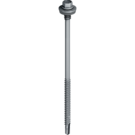
![[JT3-DH-2H-6_5-7_0].png [JT3-DH-2H-6_5-7_0].png](/medias/sys_master/products/products/hfd/h71/9107064061982/-JT3-DH-2H-6-5-7-0-135Wx135H.png)
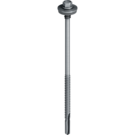
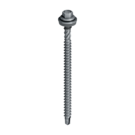
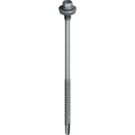
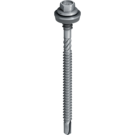
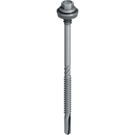
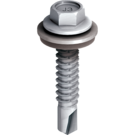
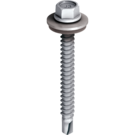
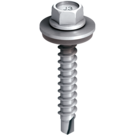
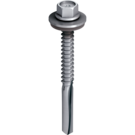
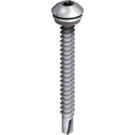
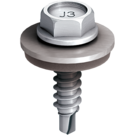

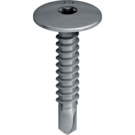
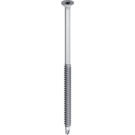
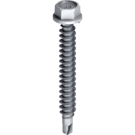
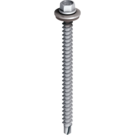
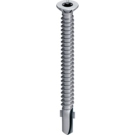
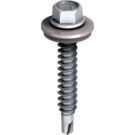
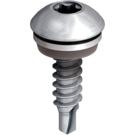

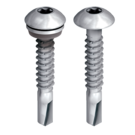
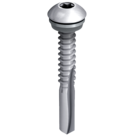
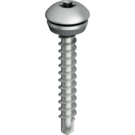

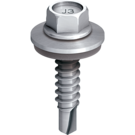
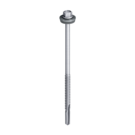
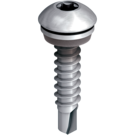
![[JT3-2H-4_8x19-E14-magaziniert].png [JT3-2H-4_8x19-E14-magaziniert].png](/medias/sys_master/products/products/h3d/he9/9106958581790/-JT3-2H-4-8x19-E14-magaziniert-135Wx135H.png)

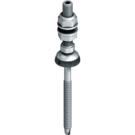
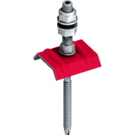
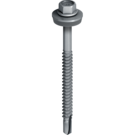
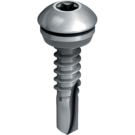
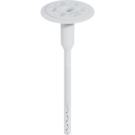
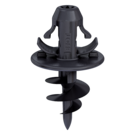
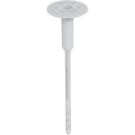
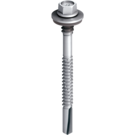

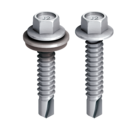

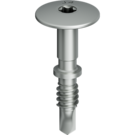
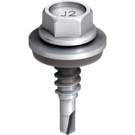
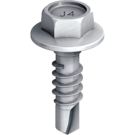
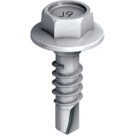
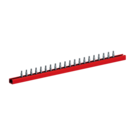
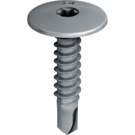
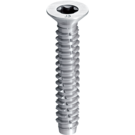
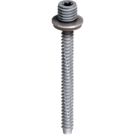
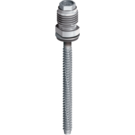
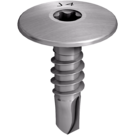
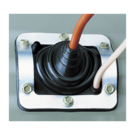
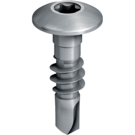
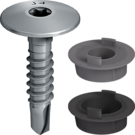
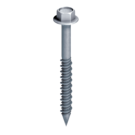
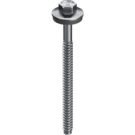
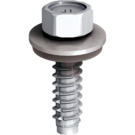
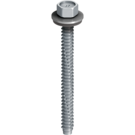
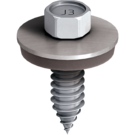
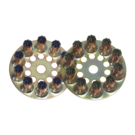
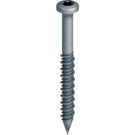
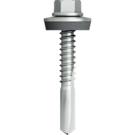
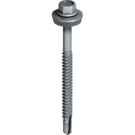
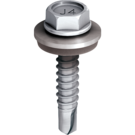
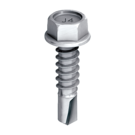
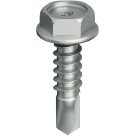
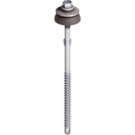
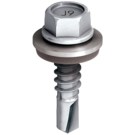
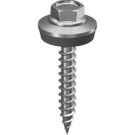
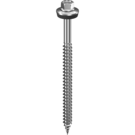
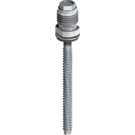
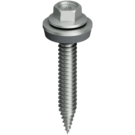

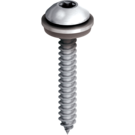
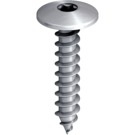
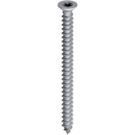
![[JA3-GT-6_5].png [JA3-GT-6_5].png](/medias/sys_master/products/products/h05/h5a/9106942656542/-JA3-GT-6-5-135Wx135H.png)
